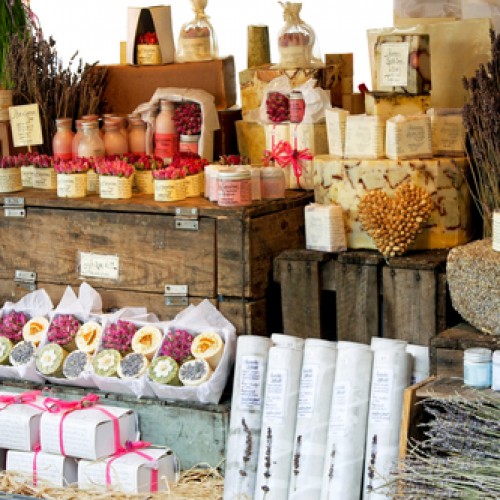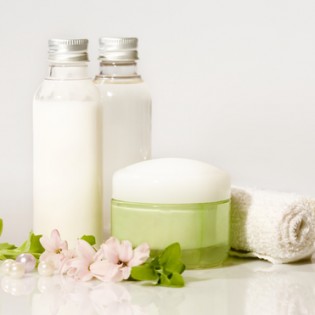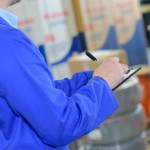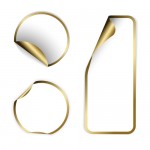Labeling of soaps is extremely crucial in ensuring consistent sales in the case of commercial manufacturers and contributes significantly to aesthetic appeal if we’re making them as gifts for friends and family.
The greatest challenge when it comes to the choice of soap labels is ensuring that they can withstand extreme conditions. They in most cases have to operate under high moisture surroundings in bathtubs, sinks and showers. They constantly come into contact with oily product contents and under all these conditions they need to remain wrinkle-free, legible and by no means should they tear.
Subsequently, choosing the right substrate for your soap labels is in this case paramount to success. The two basic substrate choices are synthetic and paper. Paper, although being much cheaper than most synthetic options, would not in itself be ideal as it has a very limited lifespan especially under harsh conditions. Blends of paper and synthetic material are however available and may be practical in certain cases.
There are a number of factors that one should consider before choosing the right substrate:
Packaging of Soap Labels
Are the labels meant for soap bottles, boxes, metal tins or for direct application on soap bars? While soap bottles and soap bars need considerable levels of moisture resistance, soap bottle labels are best done on film materials or shrink sleeves. Film materials are available in foil, see-through and white while shrink sleeves have the advantage of a big surface area for graphics. For soaps whose packaging will be disposed of after opening, durability is not so much of an issue hence a paper substrate will mostly suffice as it is considerably cheaper and equally appealing.
Water Resistance
It goes without saying that the labels one uses on either soap bottles or sticks directly on soap should not smudge or tear off on contact with moisture. Most customers want to know the ingredients on the soap they want to buy due to allergy issues or simply preference. So it is important that the label remains intact.
The most popular waterproof substrate is polypropylene that is available in white or clear BOPP.
Self-Adhesive
Some smaller scale soap producers choose to stick plain paper labels on bar soaps before they cool down completely but for larger quantities and a higher visual appeal, it would be more viable to pick a substrate that is self-adhesive. This is more of a challenge for bar soaps as opposed to soap bottles.
Cost-Effective
For businesses that produce soap in bulk, it is practical to buy their labels in rolls as opposed to cut-to-size labels, as the production costs will be significantly lower. Another advantage of rolls is that they usually come on easy-to-peel self-adhesive strips that make their application very easy. Bulk printing is usually done using flexographic printing while smaller orders are done using ordinary digital printing. Digital printing is also used when one needs to do different designs for their labels hence requiring several templates.
Taking careful consideration of all of the above factors, as well as personal preference, will ensure one gets the most out of the labels chosen.







